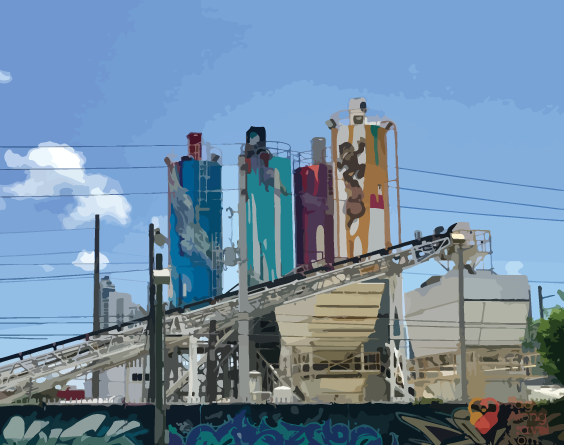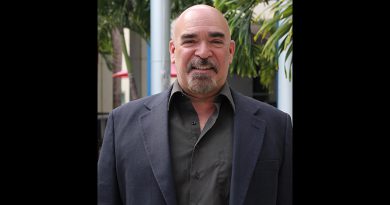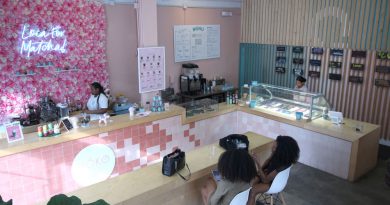Miami Loses Its Roots Through Gentrification
Miami has all the glitz and glamour one would want. With glittering beaches, culture in every corner, an abundance of food spots and new attractions being added, it’s a cultural melting pot. With Brickell expanding north and the American Dream Miami retail theme park in Miami Lakes being approved, the future looks optimistic.
Yet, within its art deco beauty and hypnotic Wynwood Walls, the façade of Miami’s prosperity can easily be uncovered.
According to a 2014 Census data, the wealthiest five percent in Miami make 10.2 percent more than the poorest 20 percent.
In 2016, according to the American Community Survey, Florida had a median household income of $50,860 while Miami-Dade County had a median household income of $45,935 compared to the country’s median household income of $57,617 annually. In a study by the Brookings Institution, Miami and the Miami-Fort Lauderdale-West Palm Beach Metropolitan area are ranked eighth in income inequality.
For those who don’t partake in Miami’s economically strangling experience, the new and expanding projects in its real estate economy don’t help the very small middle and lower class sectors.
The median property value in Florida in 2016 according to Data USA was $197,700 compared to Miami-Dade County’s median property value of $265,200, an increase of more than $70,000 compared to $192,500 in 2013. So how do the new real estate projects affect long-standing residents of Miami-Dade County?
The effects of these real estate developments are felt most deeply in Wynwood, its most recent prominent developers being David Lombardi and Tony Goldman who, despite reinventing the community, did so at the cost of the original residents who lived there. Refurbishing a community and its graffiti with a splash of commercialization and hipster ambiguity impacts “local” businesses and a community’s rent and cost of living is sure to go up.
Wynwood’s gentrification is already in Phase 5, practically complete, but it doesn’t stop there. New plans are expected to reach into neighborhoods like Little Haiti, Liberty City and Little Havana.
Nehomi Cruz, 21, a resident in Little Havana, claims the landlord of her apartment sold the building halfway through her and her roommates’ lease and began charging them $1,200 for what used to be $775 for a one-bedroom apartment.
“I feel like they’re upgrading these houses and apartments so that only people who have money could rent them,” Cruz said. “In a couple of years, our parents and us who actually work hard for their money won’t be able to afford [living here]. We’ll eventually be run out of Miami.”
At the end of the day, the beaches still glitter under the attractive sun of Miami just like the sweat running down the backs of Miami’s unfortunate residents. It seems like Miami is for everyone except its natives.




